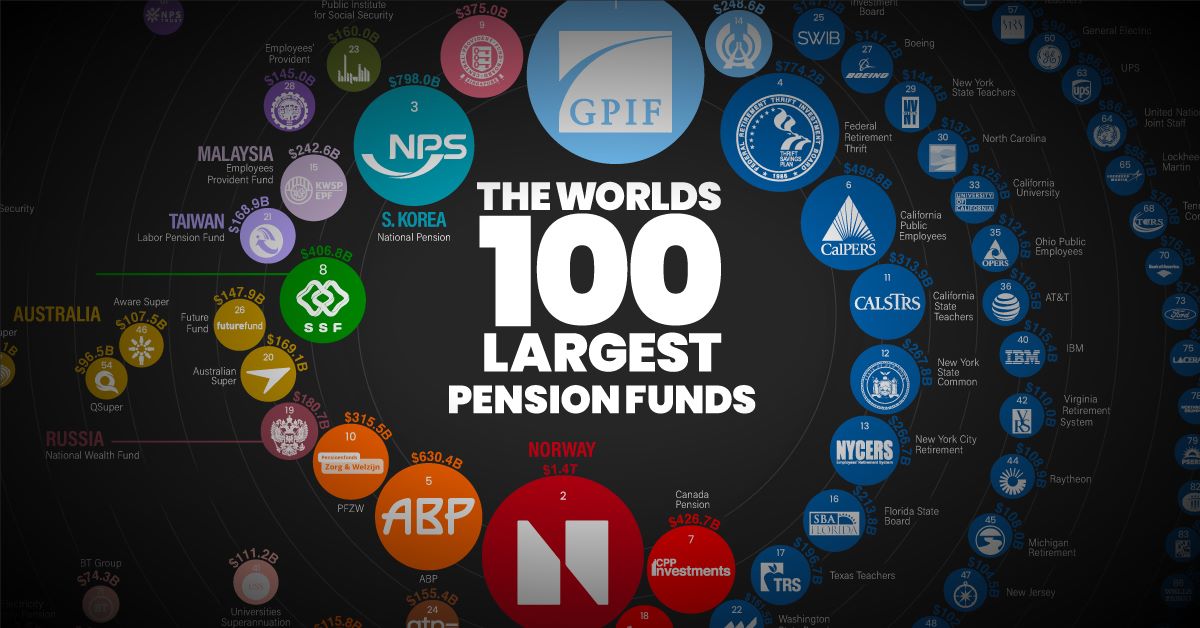Home>Finance>Ratchet Effect: Definition And Examples In Economics


Finance
Ratchet Effect: Definition And Examples In Economics
Published: January 15, 2024
Learn about the ratchet effect in finance, explained with definitions and examples from the field of economics. Explore how this phenomenon impacts financial markets.
(Many of the links in this article redirect to a specific reviewed product. Your purchase of these products through affiliate links helps to generate commission for LiveWell, at no extra cost. Learn more)
Understanding the Ratchet Effect in Economics
Have you ever wondered why prices and wages seem to only move in one direction? You may have heard of the term “ratchet effect” before, but what does it actually mean in the context of economics? In this article, we will delve into the definition and examples of the ratchet effect to help you understand its impact on the economy.
Key Takeaways
- The ratchet effect refers to the phenomenon where prices or wages tend to increase over time but rarely decrease.
- This effect is often attributed to stickiness in prices and wages, as well as the asymmetry of price adjustments.
The ratchet effect is an important concept in economics that helps explain the movement of prices and wages in the economy. It refers to the tendency for prices or wages to increase over time but rarely decrease. This phenomenon can have significant implications for various aspects of the economy, including inflation, economic growth, and income inequality.
So why does the ratchet effect occur? There are a few key factors at play:
- Stickiness in prices and wages: Prices and wages are often slow to adjust to changes in market conditions. This stickiness can be attributed to various factors such as long-term contracts, labor market regulations, and the reluctance of businesses to cut the wages of their employees. As a result, prices and wages tend to ratchet up over time, even when the underlying economic conditions may not justify it.
- Asymmetry of price adjustments: Another factor contributing to the ratchet effect is the asymmetry of price adjustments. It is easier for businesses to increase their prices than to decrease them. When costs rise, businesses often pass these costs onto consumers through higher prices. However, when costs decrease, businesses may be less motivated to lower their prices and instead choose to maintain their profit margins.
Now that we have a better understanding of the ratchet effect, let’s take a look at some examples to illustrate its impact in different sectors of the economy:
Example 1: Housing Market
In the housing market, the ratchet effect can be observed in the form of rising house prices. When housing prices increase, homeowners and real estate investors benefit from the appreciation in their property values. However, when the market experiences a downturn, housing prices often remain sticky and do not decline proportionally. As a result, the ratchet effect contributes to housing bubbles and can lead to financial instability.
Example 2: Minimum Wage
The ratchet effect is also evident in the context of minimum wage policies. When minimum wages are increased, workers may benefit from higher wages and improved living standards. However, if the economic conditions deteriorate or the minimum wage is set too high, businesses may be reluctant to reduce wages even if they are no longer sustainable. This can result in higher unemployment rates and hinder job creation, especially for small businesses.
In conclusion, the ratchet effect is an important concept to understand in economics. As prices and wages tend to increase over time but rarely decrease, it can have significant impacts on various sectors of the economy. By recognizing the factors that contribute to the ratchet effect, policymakers and businesses can make more informed decisions to promote stability and balanced growth.














